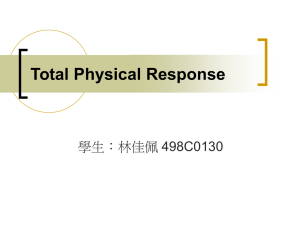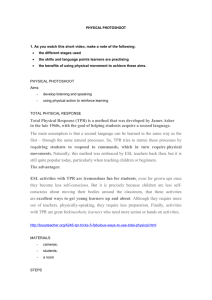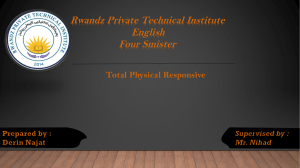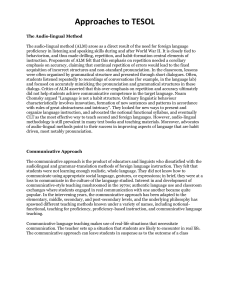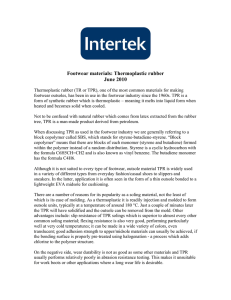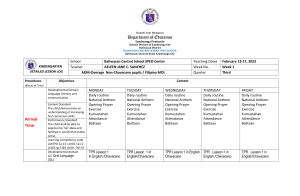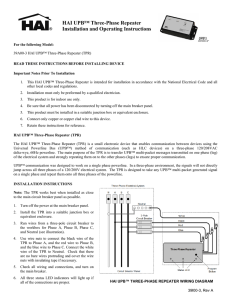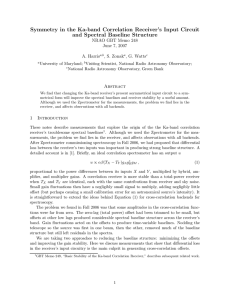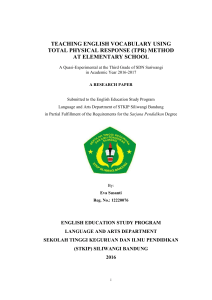TOTAL PHYSICAL RESPONSE “TPR” Presented by: Johany Caceres
advertisement
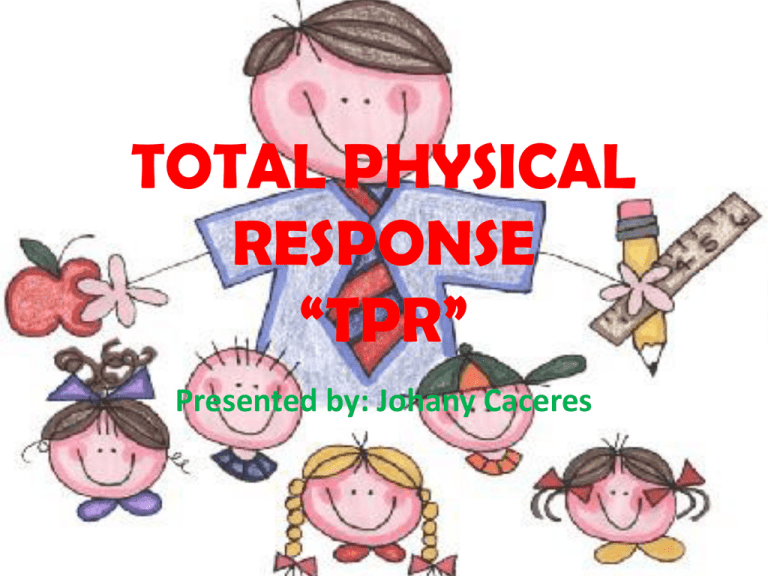
TOTAL PHYSICAL RESPONSE “TPR” Presented by: Johany Caceres HISTORY • 1960s – James Asher. (Professor of psychology at San Jose State University in California). • Francois Gouin. (sentences that are simple and easy to perceive, because the language being used can be directly related to whatever the speaker is doing). • Became popular in the 70’s. GOALS OF JAMES ASHER • Learning needed to become more enjoyable and less stressful and also dynamic. • Recreate the natural way children learn their native language, most notably through facilitating an appropriate "listening" and "comprehension" period. • Encourage learners to respond using rightbrain motor skills rather than left-brain language "processing". OBJECTIVE • is to "lower the filter" (that is, reduce stress) while simultaneously building the student's self-confidence. A successful TPR experience results in the students saying to themselves, "I CAN DO THIS. I CAN DO IT." HOW IT WORKS • You introduced the language through the use of commands (imperative sentences) and has students demonstrate their understanding through action responses. • Example: "stand up" (the instructor and a student sitting on either side of the instructor will immediately stand up). Then, "sit down," and everyone sits down. "Stand up. ..sit down . . .stand up. . .sit down ." WHY IT WORKS • The understanding is achieved without stress and then retained for weeks, months, and even years. • Language-body communications is a fascinating and powerful principle of learning. AS OF TODAY • TPR is now a household name among teachers of foreign languages. • It is an effective method at beginning levels. • Standard requirement in the instruction of young learners. • It is simple. • Accessible to teachers and learning environments. THINGS TO REMEMBER • • • • • • The teacher directs and students "act" . Focus on listening and physical response skills. Interrogatives are also heavily used. Use humor to make lessons more enjoyable. Students should speak when they feel confident. Spoken language is emphasized over written language.
